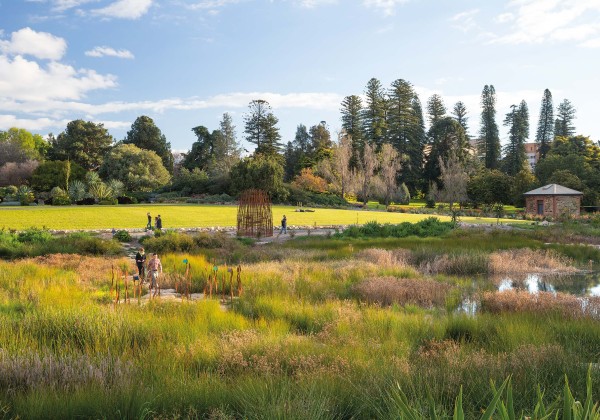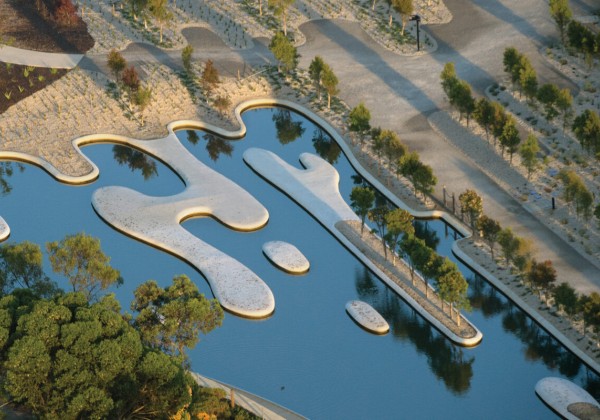
View Presentation
A possum and honeyeater were our important clients on this remarkable project of transformation, ecology and conservation.
Haining Farm is a 59-hectare property in Victoria’s Yarra Valley. Its location, on a flood plain at the junction of two rivers, was a perfect place to deliver and restore prime habitat to benefit the wetland-loving, but critically endangered, Lowland Leadbeater’s Possum and Helmeted Honeyeater.
TCL were engaged by Greening Australia to facilitate this bold and important undertaking, providing masterplanning through to detailed design and documentation services.
A partnership between Greening Australia, Parks Victoria, Greening Australia, Zoos Victoria, CFA, the Department of Energy, Environment and Climate Action (DEECA), Melbourne Water, Shire of Yarra Ranges and local communities was established to ensure the myriad of technical matters were coordinated and timely and important consultation and engagement were provided.
One of the major threats to Victoria’s critically endangered faunal emblems is the loss of precious habitat, leading to fragmented populations. The historical dairy farm, Haining Farm was one of the few places in Victoria that provides suitable habitat requirements for both species.
The Farm, located on the lands of the Wurundjeri, is located at the junction of the Don and Lot Rivers and was a commercial dairy farm for 40 years. The project aimed to restore and create habitat for the Lowland Leadbeaters Possum and Helmeted Honeyeater , whilst providing a range of facilities and pathways for visitors to engage with the initiative, and experience native wildlife in their native habitat. Greening Australia, the project sponsor, believe this combination of community engagement and innovative habitat restoration techniques is a world first, meaning this project could pave the way for Australian landscapes where both people and threatened species can go wild.
We believe the best nature-focused education is achieved by being immersed in it.
The plan for this 59 hectare site identified a range of potential habitat zones suitable for these critically endangered animals based on a detailed site appraisal and analysis of topography, drainage, soils and microclimate. Open paddocks were transformed into a series of overlapping ecologies. Former dairy sheds and service areas were designed as a visitor arrival and orientation node, incorporating community hubs, nature play and wetlands. From this node, visitors embark on a series of looped trails connecting to the diverse ecologies, bird life and interaction with the restored habitats.
Creating extensive new habitats on a former dairy farm and near to local communities comes with important fire risk considerations. Detailed consultation and coordination with designated authorities and incorporation of appropriate setbacks and woodland buffers ensured the safety and well being of local residents were addressed.
Working with Greening Australia, and ecological consultants, Design Flow, TCL coordinated the design and location of planting zones to host 180 different species and 500,000 plants. The project encompasses 42 hectares of designated conservations, zones and constructed wetlands as well as 17 hectares of open woodlands.















